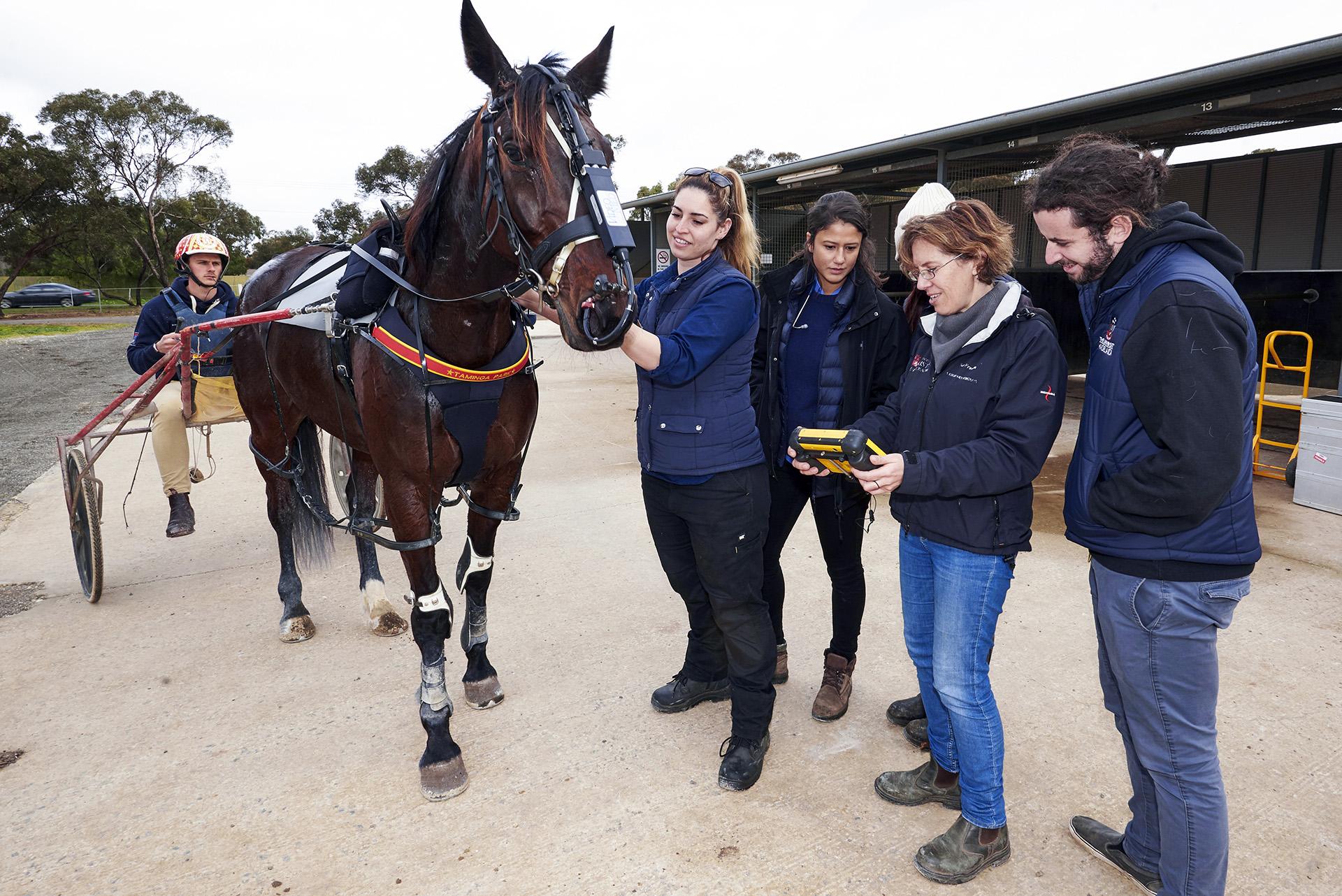Equine lameness & biomechanics
An ex vivo biomechanical testing of the effect of palmar annular volar ligament transection on the inter-sesamoid ligament on equine cadaver limbs.

The aim of this project is to define the potential detrimental effect of the surgical transection of the palmar annular volar ligament on the intersesamoid ligament of athletic horses.
The transection of the palmar annular volar ligament of the fetlock is regularly performed as part of the surgical assessment and treatment of non-septic tenosynovitis of the digital flexor tendon sheath in horses. There exists a controversy about this intervention as some consider this ligament as an important part of the stability between the two proximal sesamoid bones.
The hypothesis of the project is that this very regularly performed intervention has no significant consequences on the stability of the proximal sesamoid bones between each other and no significant detrimental effect on the intersesamoid ligament as sometimes expressed as a contra-indication for the surgery.
It is likely that this project will lead to a publication in peer reviewed journal.
Key methodology:
Separated cadaver legs will be assessed in an Instron Universal testing machine and the relative stability between the proximal sesamoid bones and stresses occurring on the inter-sesamoid ligament will be recorded before and after surgical transection of the palmar annular volar ligament. Each leg will be used as its own reference.
The project will assess the biomechanical difference that may exist between the front and the hind legs.
Supervisor
- Dr Olivier Simon
- Research area: Equine health and performance; equine lameness and biomechanics; minimal invasive surgery
- Recommended honours enrolment: Honours in Animal Science
